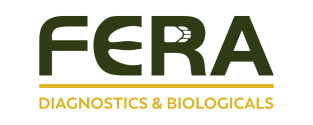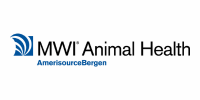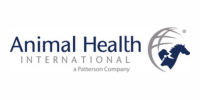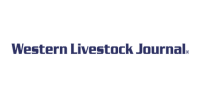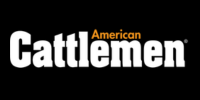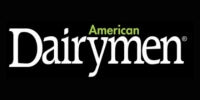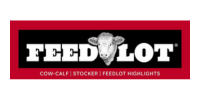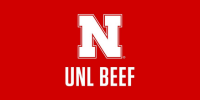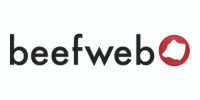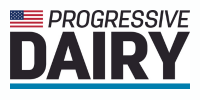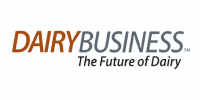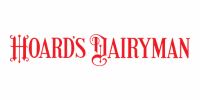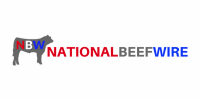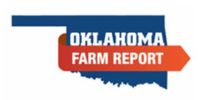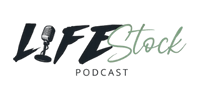Impacts of Maternal Bovine Appeasing Substance Administered at Weaning on Behavioral and Physiological Adaptation of Beef Heifers to the Feedlot
Sep 24, 2025
Gellatly, D., Lei, Y., Neale, A., Smith, L., Edgar, E., Bloomfield, B., Elliot, B., Wenger, I., & Thompson, S. (2025). Impacts of Maternal Bovine Appeasing Substance Administered at Weaning on Behavioral and Physiological Adaptation of Beef Heifers to the Feedlot. Animals, 15(19), 2788. https://doi.org/10.3390/ani15192788
Technology Access Centre for Livestock Production, Olds College of Agriculture & Technology, 4500 50 Street, Olds, AB T4H 1R6, Canada
Simple Summary
Weaning, the separation of cow–calf pairs and cessation of milk intake, is widely regarded as one of the most stressful events in a calf’s life, typically occurring in North America between 6 and 8 months of age. To adapt, calves undergo a range of subtle behavioral and physiological changes, including shifts in feeding behavior and immune activation, aimed at facilitating their adjustment to new social and nutritional environments. This study investigated whether a synthetic analog of maternal bovine appeasing substance (mBAS) administration could help mitigate stress, facilitate feedlot adaptation in beef heifers, and improve production efficiency. Twenty-two Angus-influenced heifers were assigned to receive either 10 mL of mBAS or water (control) at weaning, immediately prior to transportation. Heifers treated with mBAS at weaning exhibited different coping strategies to the feedlot than untreated heifers. They ate more efficiently, spent more time ruminating, gained more weight, and converted feed into growth more effectively than untreated heifers. They also exhibited signs of enhanced immune responses based on blood parameters and appeared to be potentially more profitable than untreated heifers. Administration of mBAS at weaning improved feedlot adaptation in beef heifers, resulting in greater growth and feed efficiency, which may translate into potential profitability.
Abstract
The effects of administering 10 mL of maternal bovine appeasing substance (mBAS) or water (control; CT) at weaning (day 0) before transport on feedlot adaptation and efficiency were evaluated in twenty-two Angus-influenced heifers (n = 11/treatment) over 28 days. Body weight (BW), salivary cortisol, blood for complete blood cell count, rectal temperature, chute score and exit speed were collected on days 0, 14 and 27. Intake, feeding duration, frequency and rate, as well as activity and rumination were monitored daily using automated systems. Average daily gain (ADG) and gain-to-feed ratio (G:F) were calculated for each 14-day interval as well as for the entire feeding period. Treated heifers spent less time eating (p ≤ 0.06) on weeks 1 and 2, with greater feeding rate and activity (p < 0.01) in week 1, followed by reduced activity (p ≤ 0.05) in weeks 2, 3 and 4. Rumination was longer (p < 0.05) in weeks 3 and 4, coinciding with greater (p ≤ 0.05) final BW, ADG0 27, ADG14–27, and G:F0–27, G:F14–27. Lymphocyte and hematocrit were lower (p < 0.05) on days 14 and 27, respectively, and platelets tended to be greater (p = 0.08) than CT for the entire period. Treated heifers achieved numerically greater profit margins than CT. Overall, mBAS enhanced feedlot adaptability post-weaning, improving production efficiency, which may translate into potential profitability; however, this interpretation should be viewed cautiously considering some design limitations.
